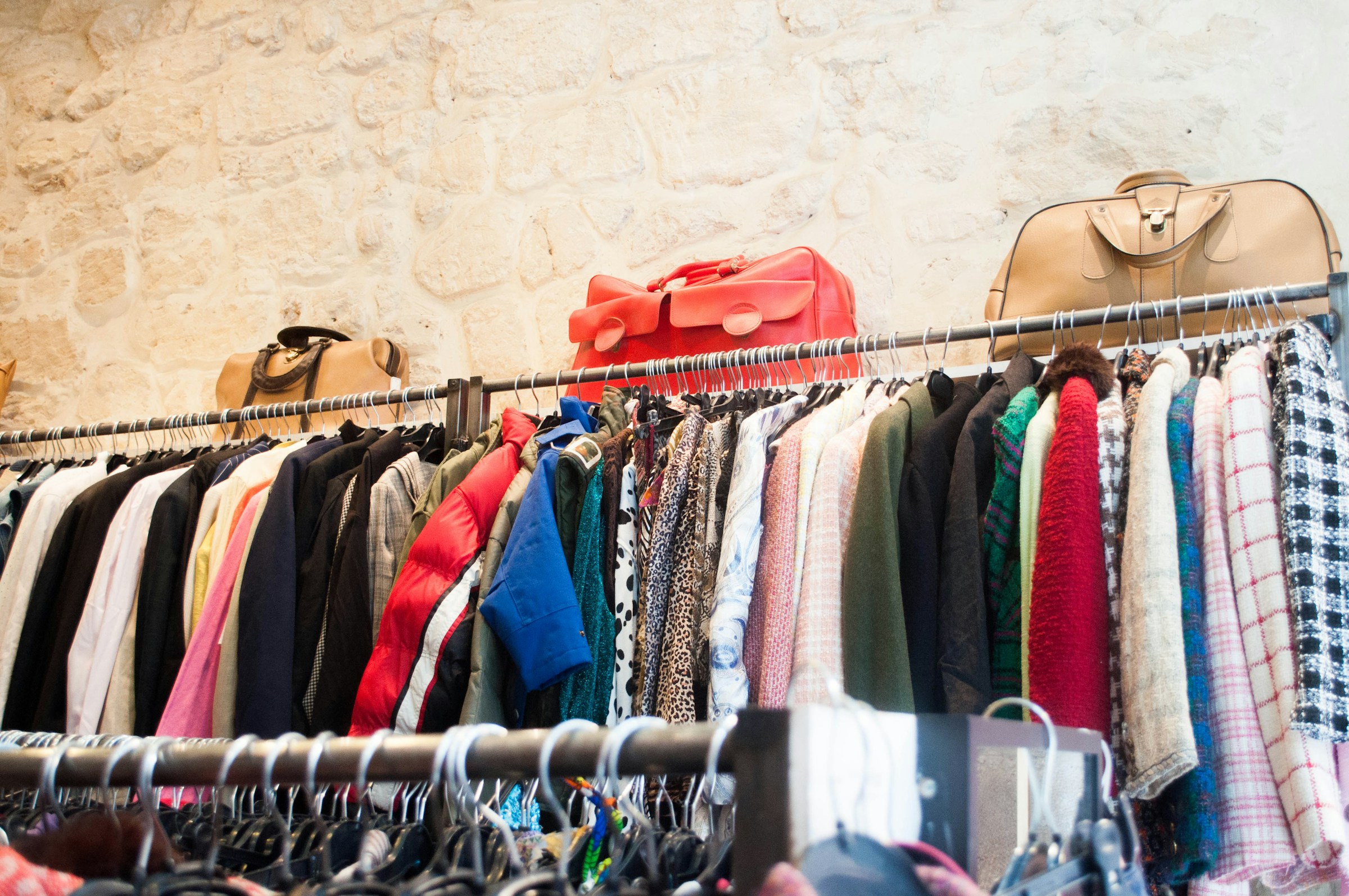Nothing beats the feeling of an organized custom closet—shelves neat, hangers spaced, and only pieces you truly love hanging in view. Yet tackling a closet purge often raises the same question: What do I do with the pile I no longer need? Tossing good garments in the trash feels wasteful, and listing every item online can be time-consuming. The most meaningful solution is a clothing donation that helps someone else while keeping textiles out of landfills. This guide explains how to choose the right destination, compares major charities, and offers creative alternatives when the usual donation drop off center is overflowing.
Why Strategic Donations Matter
A thoughtful donation strategy accomplishes three goals at once:
- Closes the loop
Extending a garment’s life reduces demand for new textiles and the water, chemicals, and energy that go into manufacturing. - Supports community programs
Many nonprofits sell donated items in thrift stores to fund job training, housing, or disaster relief. - Simplifies future organizing
Knowing exactly where to donate clothes near you removes decision paralysis, making decluttering easier next time around.
First Steps Before You Bag Anything
- Sort by condition
Separate gently used pieces (no stains, tears, or missing buttons) from items better suited to fabric recycling. - Check local guidelines
Some organizations have seasonal restrictions or cannot accept certain categories like formal wear or undergarments. A quick website visit saves a wasted trip! - Wash and fold
Clean items demonstrate respect for volunteers and recipients. Place each type of garment in a clear bag or box and label it.
Once your donations are ready, you can choose among national charities, niche nonprofits, or peer-to-peer platforms.

10 Reputable Charities for Clothing Donations
| Organization | Best For | How It Helps | Drop-Off or Pick-Up |
|---|---|---|---|
| Goodwill | Everyday apparel, linens | Funds job training, career services | Extensive donation drop off network; some home pickup in metro areas |
| Salvation Army | Clothes, shoes, small household items | Operates thrift stores, shelters, disaster relief | Nationwide drop sites and scheduled truck pickups |
| Dress for Success | Women’s professional attire | Provides interview outfits and career mentoring | Affiliate sites across the U.S.; call ahead for appointment |
| Career Gear | Men’s suits, ties, dress shoes | Supports low-income men re-entering the workforce | Drop locations in select cities plus shipping option |
| Big Brothers Big Sisters Foundation | All clothing types | Proceeds fund youth mentoring | Free residential pickup in many regions |
| Vietnam Veterans of America | Adult and children’s clothes | Aids veterans through resale store revenue | Easy online pickup scheduling in numerous states |
| Planet Aid | Worn but wearable garments | Sells textiles to fund international development | Bright yellow bins for quick 24/7 drop off |
| Soles4Souls | New or gently used shoes | Distributes footwear worldwide | Mail-in label or partner retail locations |
| One Warm Coat | Coats and jackets | Gives outerwear directly to people in need | Seasonal drive locations and shipping program |
| Room to Grow | Baby and toddler clothing | Supports families in low-income communities | Accepts infant items by appointment in Boston and New York |
Tips for Choosing
- Align your donation with a mission you value, whether that is workforce empowerment or global relief.
- Confirm sale vs. direct-give models. Both serve important purposes, but you might prefer one over the other.
- If you have large volumes, prioritize charities that offer free pickup to save time and fuel.
Beyond Big Charities: Local and Niche Options
Community Consignment Shops
Independent thrift stores often operate as fundraising arms for schools, animal rescues, or churches. Because they rely on neighborhood donations, they welcome quality garments and sometimes provide store credit if your items sell.
Domestic Violence Shelters
Shelters need everyday clothing in a range of sizes for residents rebuilding their lives. Call to ask which items are most in demand—generally comfortable basics and kids’ wear.
Refugee Assistance Programs
Many cities have nonprofits that outfit newly arrived families with weather-appropriate clothing. Donations go directly into the hands of people starting fresh in unfamiliar climates.
Buy Nothing and Local Swap Events
If you prefer hyper-local reuse, list items in a Buy Nothing group or attend a community clothing swap. This approach keeps garments circulating within your immediate neighborhood, saving transportation emissions.

How to Locate Clothes Donations Near You
- Online donation finders
Websites such as DonationTown or PickupPlease match your ZIP code with charities offering pickup slots. - Recycling apps
Mobile apps like RecycleNation or Earth911 show drop sites for clothing donations and textile recycling. - Municipal websites
City pages often list approved donation partners and seasonal collection events. - Search keywords strategically
Typing clothes donations near me or clothing donation drop box into your map app surfaces hidden gems like church parking-lot bins or thrift-store annexes.
Frequently Asked Questions
Can I donate items with small flaws?
Minor repairs (a missing button, loose hem) are acceptable for some charities, especially those that sell items. Torn, stained, or damp pieces should be diverted to fabric recycling programs instead.
Are donation receipts available for tax purposes?
Yes. Most staffed centers will give a receipt listing the date and number of bags or boxes. You assign a reasonable fair-market value when filing taxes.
What if there are no charities nearby?
Many organizations provide prepaid shipping labels. Fill a sturdy box, print a label, and drop it at any carrier location.
Does every charity wash donations before distribution?
Not always. Launder items at home to ensure they are fresh and hygienic for the next person.
Step-By-Step Declutter and Donate Plan
- Empty your closet completely
Lay everything on the bed or floor. Sorting is faster when you see the full picture. - Create four piles: keep, mend, donate, recycle
Try on questionable items quickly to confirm fit and comfort. - Bag and label
Use clear trash bags or reusable totes. Write “donate” so movers and family members know not to unpack them. - Schedule or map your drop-off
Choose the charity that best fits your items, then use their website to locate a donation drop off point or book a pickup. - Track your donation
Keep the receipt in a tax folder. Record the estimated value if you plan to deduct. - Celebrate the extra space
Install a few organizers and promise yourself annual closet edits to keep clutter from creeping back.
Final Thoughts
Decluttering your wardrobe isn’t just about clearing hangers; it’s an opportunity to share resources, lighten your environmental footprint, and support vital community programs. By identifying where to donate clothes near me—whether that’s a national charity, a local shelter, or a neighbor via a swap—you ensure each garment continues its life in a meaningful way. Gather your clean, gently used items, schedule that donation drop off, and enjoy a refreshed closet that matches your streamlined lifestyle.









